
These Least Visited, Under-the-Radar National Parks Deserve a Spot on Your Bucket List
Revel in wide open spaces in these parklands.
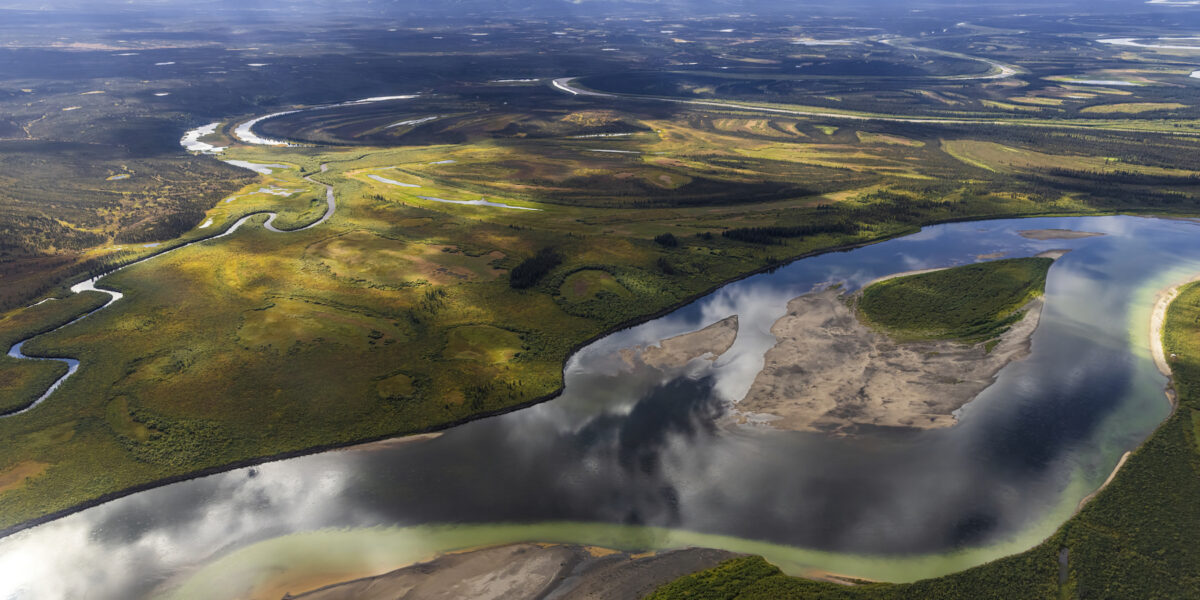
Although summer is a great time to visit any of our country’s national parks, things can get crowded, so this is a perfect opportunity to visit some of the least-touristed national parks in the country.
It should come as no surprise that according to Google’s data, eight of these untrodden parks are in the West, with several located in Alaska. Here are the most off-the-radar National Parks worth exploring this summer—or any time.
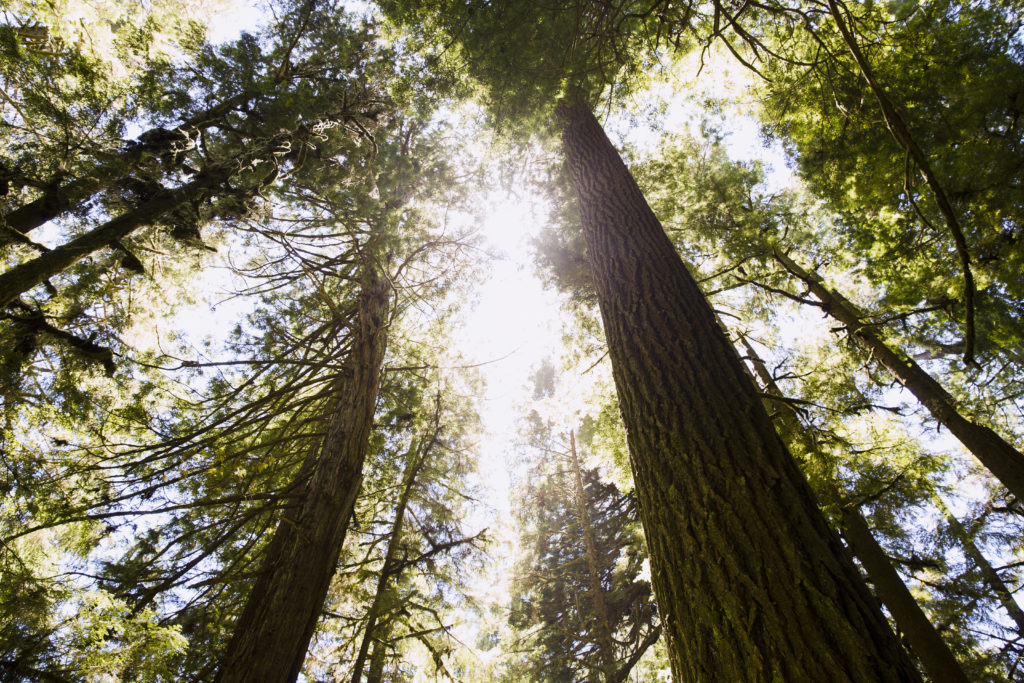
Erin Kunkel
Redwood National Park
Once referred to by John Steinbeck as “ambassadors from another time,” redwoods are indeed a magical set of species. Redwood National and State Parks contain thousands of such ambassadors, being home to some of the world’s tallest and oldest trees. Shaped like a gnarled finger, the park covers some 105,000 acres and 37 miles of coastline near the California-Oregon border. Bisected by U.S. 101, the park is easy to zoom through. But take your time and the place will quickly reveal its wonders: herds of elk, misty canyons, and ancient trees.
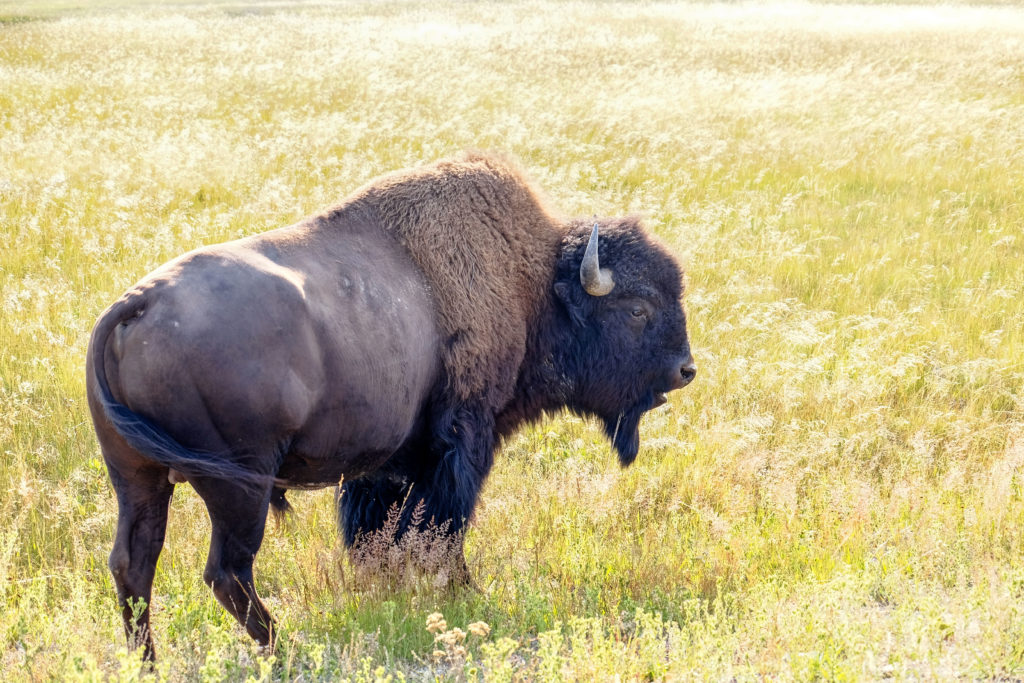
Thomas J. Story
Yellowstone National Park Gateway Garden
Yellowstone National Park hardly needs an introduction. It’s our country’s first national park, designated by Ulysses S. Grant in 1872, and its geothermal geysers, hot springs, steam vents, and mudpots still make it one of the most unique places you’ll ever visit. But this entrance in Yellowstone Country is particularly special. The Northern side of the park is far less touristed, and Gardiner, where the Gateway Garden is located, is a charming small town worth visiting on its own.

Photo by John Moore/Getty Images
Katmai National Park and Preserve
Bears are just one reason to visit this stunning national park in Alaska, where the annual Fat Bear Week competition takes place. Home to famous grizzlies like Grazer and Chunk, the landscape is a gorgeous combination of ecosystems that range from tundra to forests and lakes to mountains. If you plan on viewing the bears during the salmon run, be sure to do so from the safety of the lookout platforms at adjacent Brooks Camp responsibly. The park is accessible only via float plane from the Alaskan cities of Anchorage, Homer, and Kodiak.
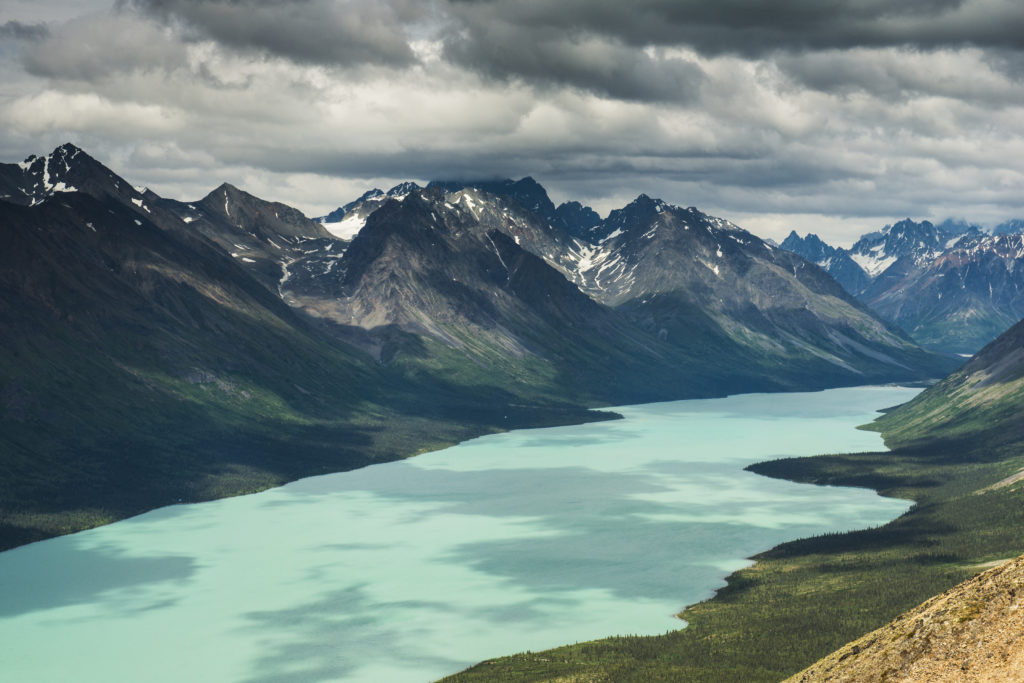
Getty Images/Carl Johnson/Design Pics
Lake Clark National Park and Preserve
Only 100 miles southwest of Anchorage and 65 air miles from Homer, Lake Clark National Park and Preserve holds some of Alaska’s finest scenery: mountains, glaciers, granite spires, thundering waterfalls, waved-washed coastline, and the shimmering turquoise waters of its namesake lake. It’s worth noting that like Katmai, which is just south of Lake Clark, the park is only accessible by plane. But the journey is absolutely worth it.
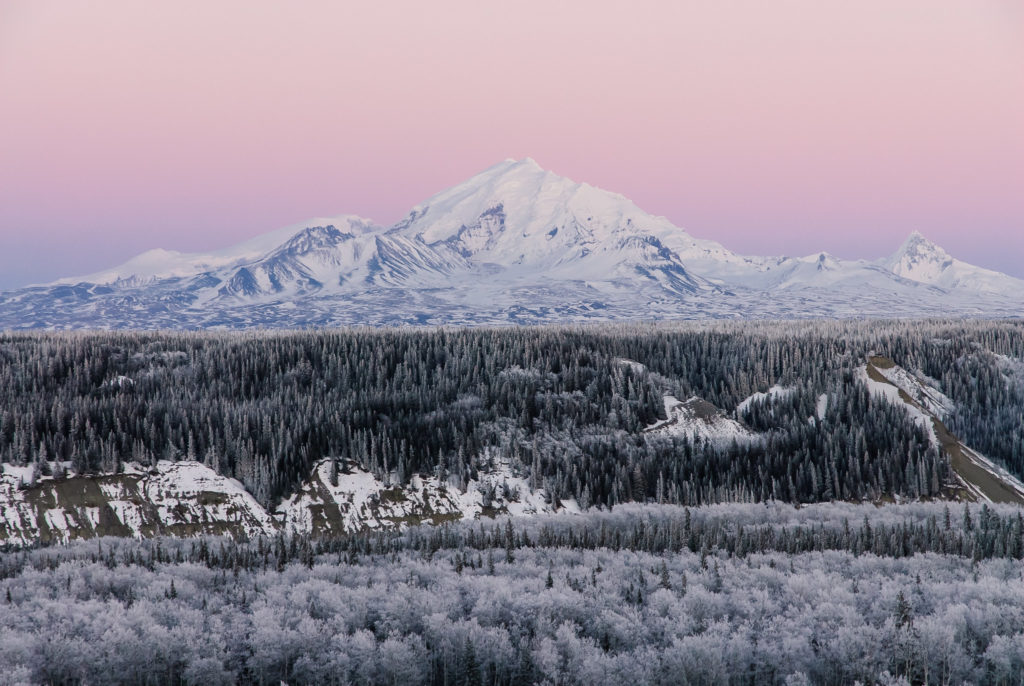
NPS/ Bryan Petrtyl
Wrangell-St. Elias National Park & Preserve
The largest national park in the U.S. at 13.2 million acres, Wrangell-St. Elias encompasses every geographical wonder Alaska has to offer, from temperate rainforest to frigid tundra. It’s home to a large portion of the Saint Elias Mountains, which include most of the highest peaks in both the U.S. and Canada, yet are within 10 miles of the ocean, making the range one of the highest reliefs in the world. The park also boasts North America’s largest subpolar ice field, an active volcano, and the abandoned copper mining town of Kennecott, which visitors can explore. Hike, climb, float, bike, ski—the adventures are endless here, and it’s one of the state’s most accessible parks, with paved roads, visitor centers, guided tours, and plenty of camping options.
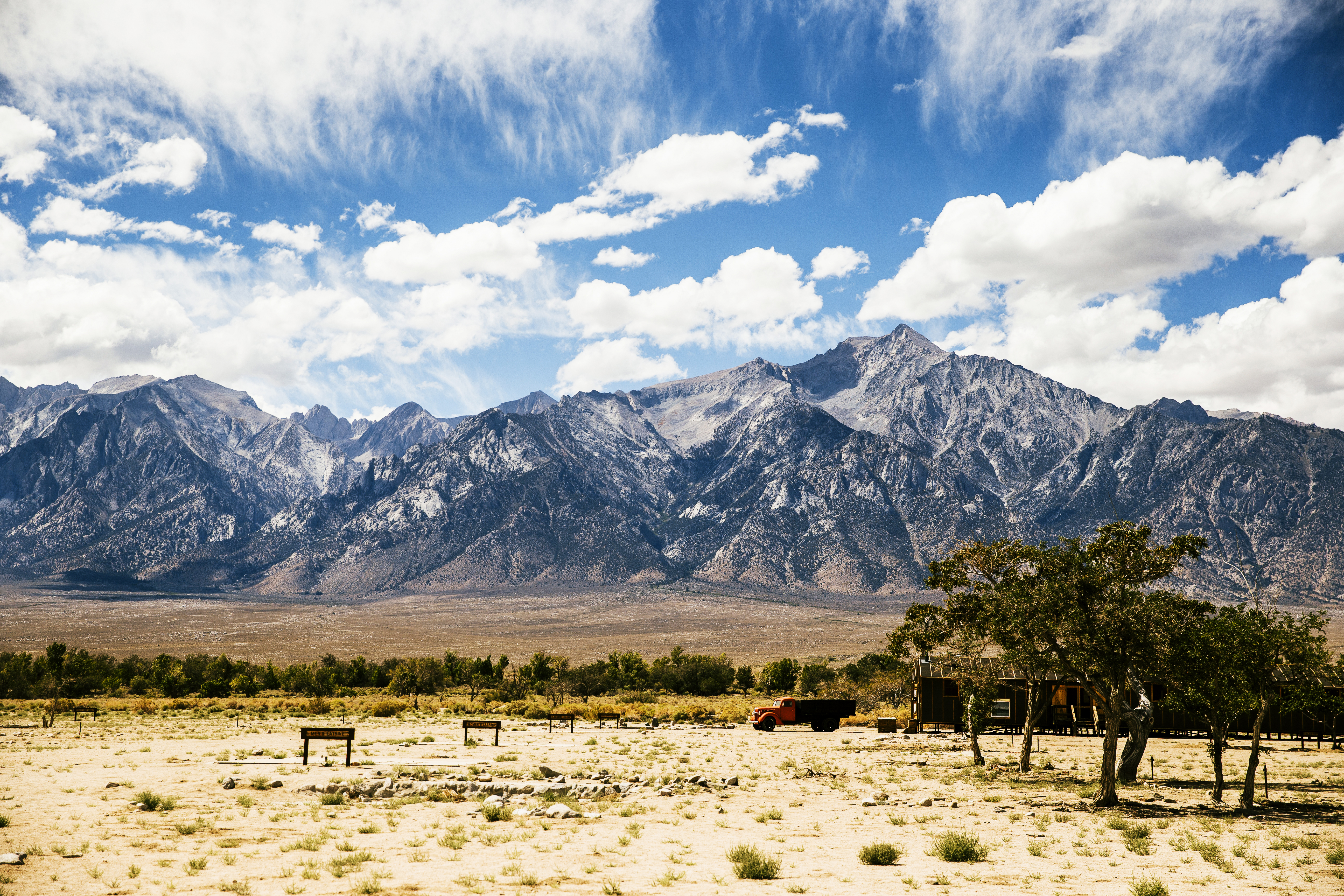
Thomas J. Story
Minidoka National Historic Site
Over 120,000 people of Japanese ancestry were forcibly removed from their homes and incarcerated without due process of law during World War II at concentration camps like Minidoka and Manzanar, pictured above. Although little remains of the barbed-wire fences and tar-papered barracks, the Minidoka concentration camp once held over 13,000 Japanese Americans in the Idaho desert. Explore the exhibits, go on a tour, or a take self-guided walk.

Getty Images
Gates of the Arctic National Park & Preserve
Gates of the Arctic is situated north of the Arctic Circle, a whopping 200 air miles north of Fairbanks. Its vast mass is made up of both the national park and preserve, containing 948,608 acres combined. If that seems unfathomable, it’s because it is. Think 200 miles long and 130 miles wide of nothing but nature. The park backs up against Kobuk Valley National Park and Noatak National Preserve, forming one of the largest protected parklands in the world. With no roads for driving, it’s safe to say you won’t be disturbed by throngs of travelers on this trip.
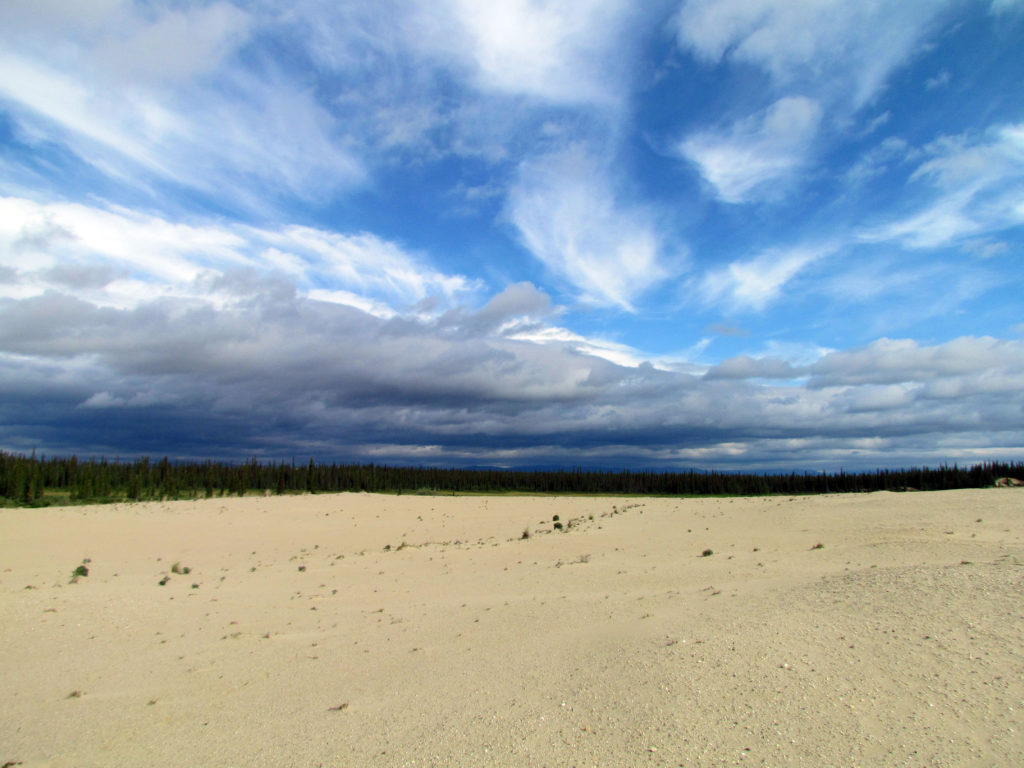
Getty Images/46travel
Kobuk Valley National Park
Along with its major river (Kobuk is the Inupiaq word for “big river”), Kobuk National Park boasts conifer forests and even sand dunes—the largest active sand dunes in the Arctic, to be exact, created by the grinding action of the area’s glaciers. Herds of caribou (roughly half a million!) migrate through the park twice a year. Your own migration would be best by water; boating down the Kobuk River is a great way to see the sights, and makes for a five- to seven-day journey from Ambler to Kiana. Note that air taxis are the only way into the park, and once you’re there you won’t find facilities or trails (just lots of seemingly incongruous sand).
